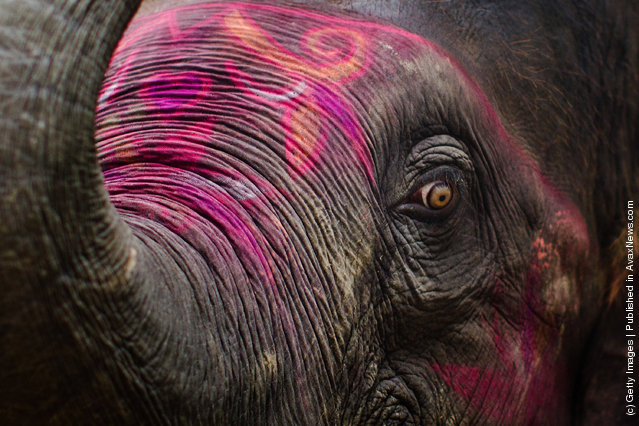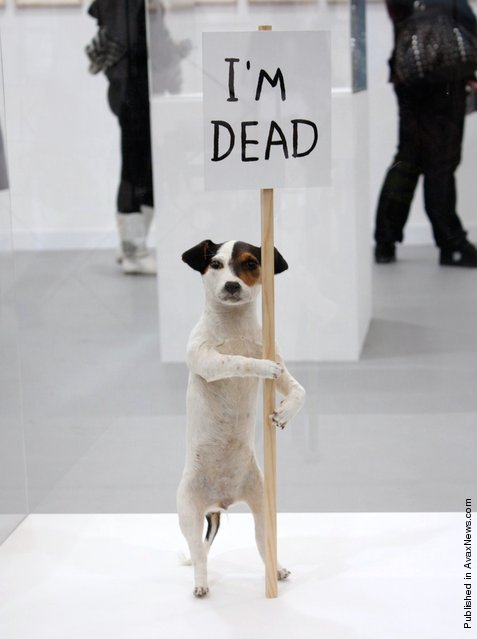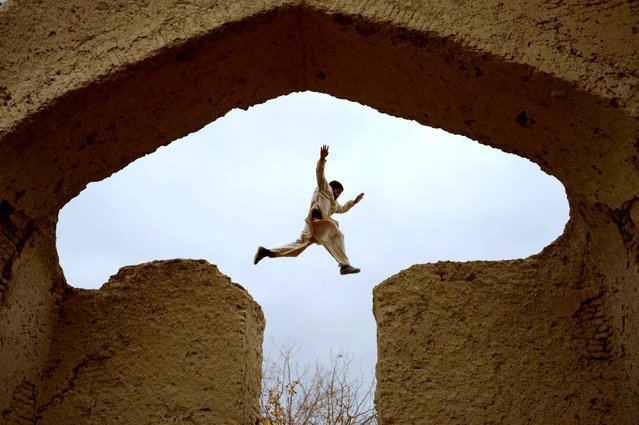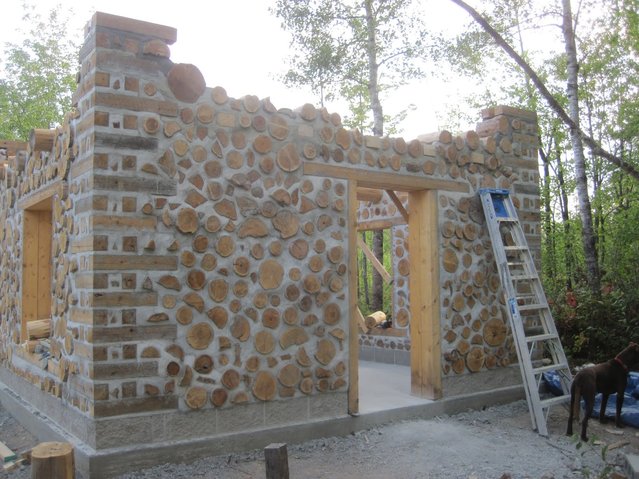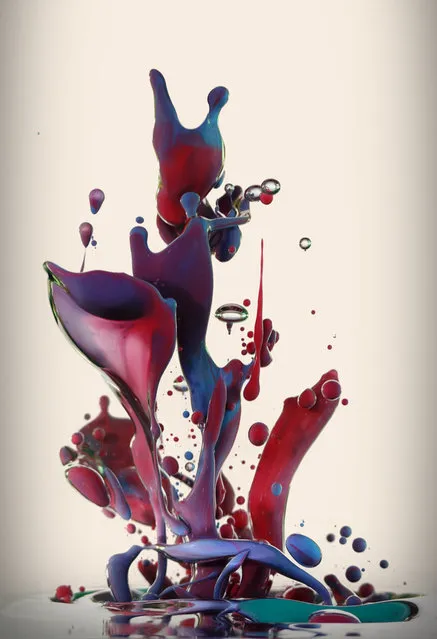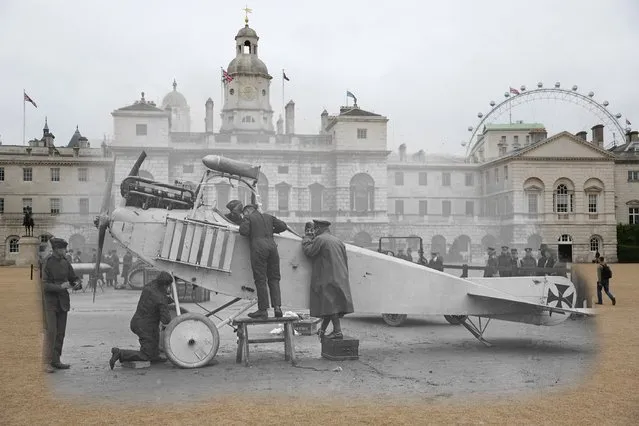
“Hello! My name is Kindra, and photography, over the last six months has become a happily all-consuming activity for me. Through my photos and creation of them, I escape into another world entirely, and then share that world with others. It brings me unending amounts of joy, and I never plan to stop!”. – Kindra Nikole
Photo: “Where the Summer Grass Leads”. (Photo by Kindra Nikole)
Photo: “Where the Summer Grass Leads”. (Photo by Kindra Nikole)
25 Nov 2012 11:03:00,post received
0 comments

